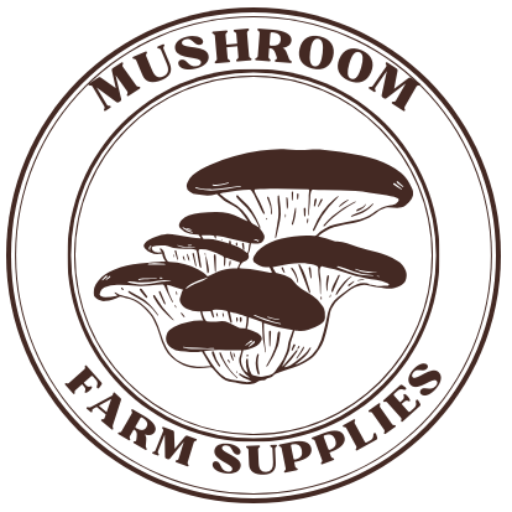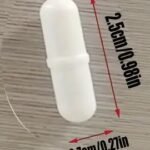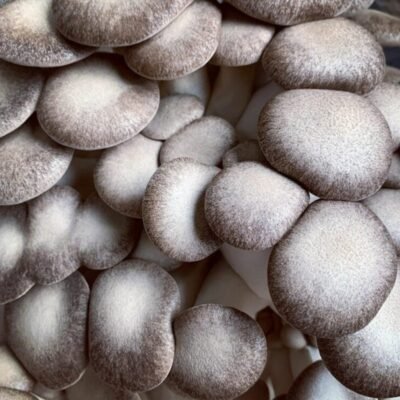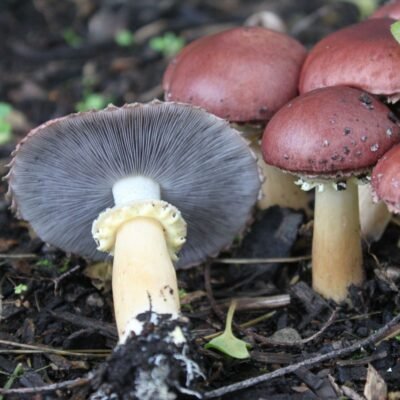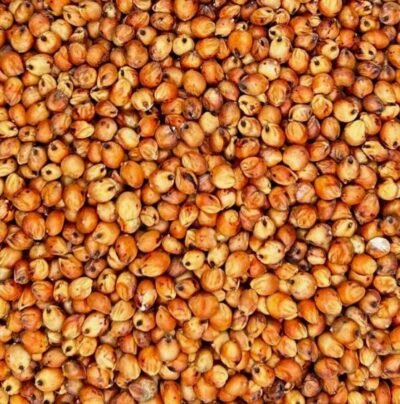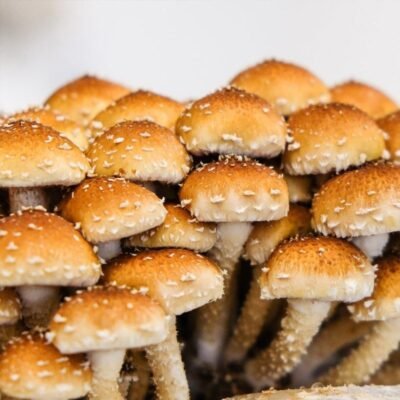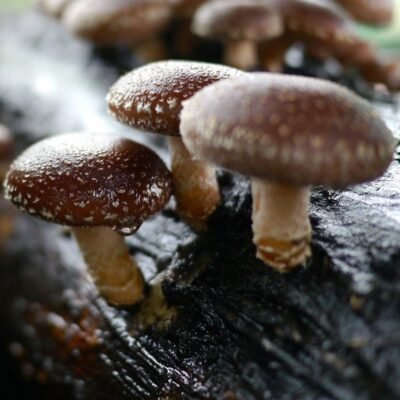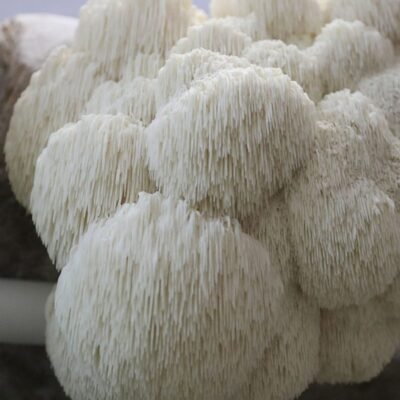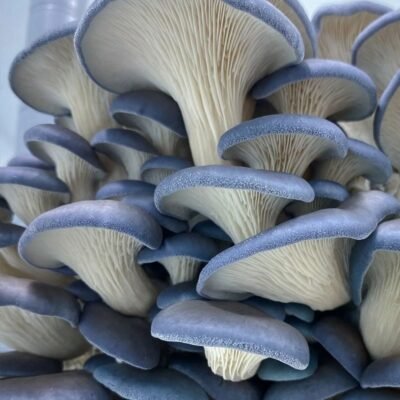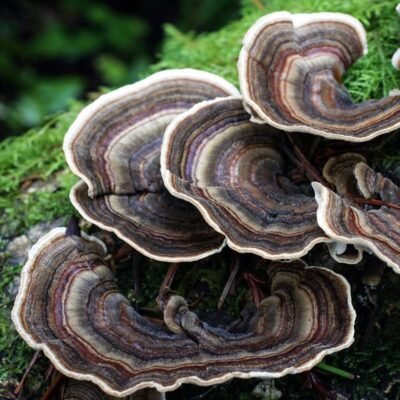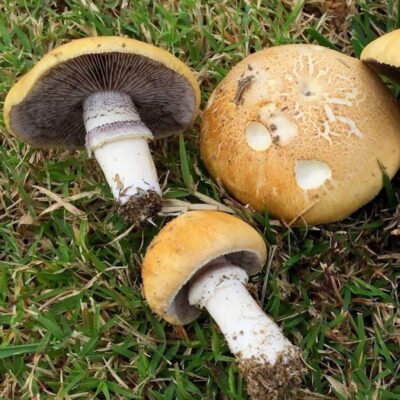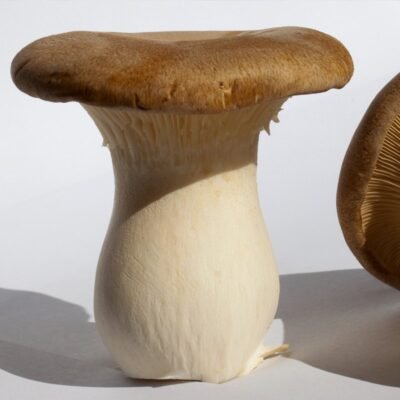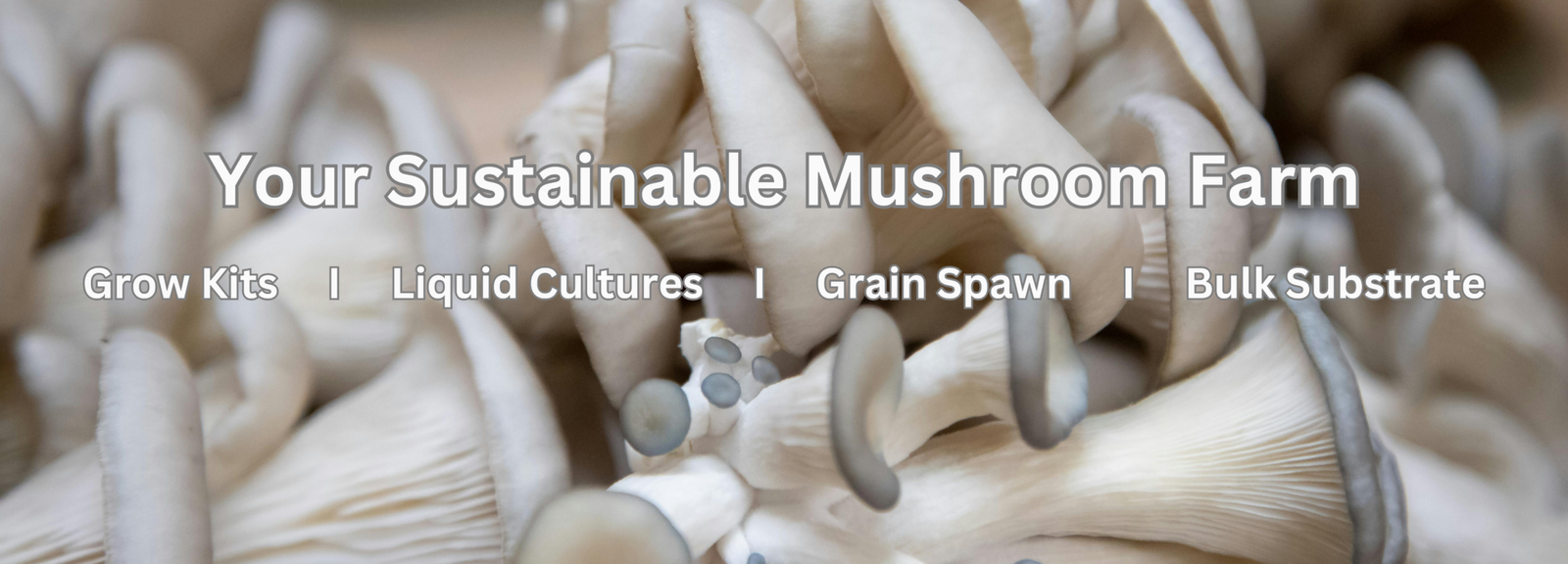
Our Sustainable Practises
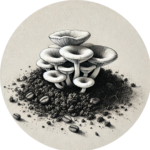
Upcycled Coffee Grounds
We repurpose coffee grounds from local cafes that would otherwise end up in landfills, turning waste into nutrient-rich substrate for growing mushrooms.

Water Conservation
Through extensive testing, we’ve optimized our water use to provide mushrooms with precisely what they need—no more, no less—minimizing waste and conserving resources.
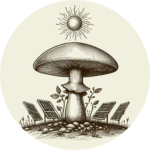
Solar-Powered Operations
Our facilities run on sustainable solar energy, reducing our carbon footprint and ensuring a cleaner, greener environment for future generations.
Who do we use Coffee Grounds?
Coffee grounds release harmful methane and fueling climate change when disposed to landfill.
We rescue coffee grounds from local cafes and turn them into nutrient-rich growing mediums for delicious mushrooms. These grounds aren’t just waste; they’re eco-friendly resources ready to be transformed.
By growing mushrooms on coffee grounds, we reduce landfill waste, cut greenhouse gases, and promote sustainability. It’s a win for the planet and your plate.
What We Offer
Why We Love Mushrooms?
Nutritional Powerhouse
Boosts Immune System
Rich in Antioxidants
Supports Heart Health
Improves Digestive Health
Weight Management
Brain Health
Anti-inflammatory Effects
Cancer-Fighting Properties
Versatile Culinary Ingredient
Bone Health
Blood Sugar Regulation
Eye Health
Hydration
Liver Detoxification
Skin Health
Stress Reduction
Respiratory Health
Hair Growth
Environmental Sustainability
And Much Much more…
New to Mushroom growing? We have you covered
You can grow a variety of mushrooms at home, including oyster mushrooms, shiitake, lion’s mane, and more. Oyster mushrooms are particularly beginner-friendly due to their fast growth and ability to thrive on various substrates. Shiitake mushrooms are also popular and can be grown on hardwood logs or sawdust. Lion’s mane is prized for its unique texture and flavor.
Basic equipment includes a growing container or grow bags, a suitable substrate, mushroom spawn, and a spray bottle for misting. Additionally, maintaining a humid environment is crucial, which can be achieved with a humidity tent or a humidifier. Optional equipment that can enhance your setup includes a pressure cooker or sterilizer for preparing the substrate, a thermometer to monitor temperature, and a humidity gauge to ensure optimal growing conditions.
Mushrooms require a humid environment, moderate temperatures, and indirect light to grow. Specific conditions vary by mushroom species, but most mushrooms thrive at temperatures between 13-24°C / 55-75°F and humidity levels of 85-95%. Indirect light helps the mushrooms to develop properly, but they should not be exposed to direct sunlight.
Many mushroom species can grow from “pin” (the initial growth stage) to “flush” (ready for harvest) in as little as two weeks! However, some varieties, like reishi, can take several months to mature. If you’re growing mushrooms on logs, keep in mind that the inoculation period typically ranges from 6 months to a year.
Mushrooms are ready to harvest when the caps open up and the gills are visible. For oyster mushrooms, this occurs when the edges of the caps begin to flatten out and the mushrooms are still firm. Shiitake mushrooms are ready when the caps have fully opened but before they start to curl upwards. Use a sharp knife or scissors to cut the mushrooms at the base to avoid damaging the mycelium.
Common issues include contamination from mold or bacteria, insufficient humidity, and improper temperatures. Contamination can be minimized by maintaining a clean environment and using sterilized equipment. Ensure your growing area is humid enough by misting regularly and using a humidity tent or humidifier. Monitor temperature to keep it within the ideal range for your specific mushroom species. If you encounter pests like flies, using sticky traps and maintaining cleanliness can help.
Ensure you are growing edible mushroom species and maintaining cleanliness to avoid contamination. Always wash your hands and sterilize equipment before handling mushrooms. Avoid inhaling mushroom spores by working in a well-ventilated area or wearing a mask if needed. If you’re new to mushroom cultivation, consider starting with a reputable grow kit to ensure you have the correct species and minimize risks.
100% Yes. When consuming home-grown mushrooms, it is important to cook them thoroughly. Cooking helps eliminate any potential toxins and makes them easier to digest. If you’re trying a particular species for the first time, start with a small portion to check for any allergic reactions, even after cooking.
Yes, you can grow mushrooms if you have pets. However, it’s important to keep your growing area clean and free from pet hair and dander, which can introduce contaminants. Make sure to place your mushroom grow setup in a location that’s out of reach for pets to avoid accidental damage or contamination. Additionally, ensure your pets cannot access any potentially toxic mushrooms.
Yes, certain mushrooms like shiitake, wine cap and oyster mushrooms can be grown outdoors on logs, straw bales, or in garden beds. Outdoor growing requires selecting a shady, moist area and monitoring environmental conditions closely. For log cultivation, drill holes in the logs, insert spawn plugs, and seal the holes with wax. Outdoor cultivation can be a great way to produce larger quantities of mushrooms naturally.
Store harvested mushrooms in a paper bag in the refrigerator. The paper bag helps to absorb excess moisture and keeps the mushrooms fresh. They typically last about a week. If you need to store them for longer, consider drying or freezing the mushrooms. To dry mushrooms, slice them thinly and place them in a dehydrator or on a drying rack in a well-ventilated area. Frozen mushrooms can be stored in airtight containers or freezer bags.
Liquid cultures are a sterile mixture of water and nutrients that contain live mushroom mycelium. They are used to inoculate substrates more efficiently than traditional methods. To use a liquid culture, you’ll need to inject a small amount of the liquid into a sterile substrate using a syringe. The mycelium in the liquid culture quickly colonizes the substrate, speeding up the overall growing process and increasing the chances of a successful mushroom harvest.
Mushroom spawn is a material that contains the mycelium, the vegetative part of the fungus, which is used to inoculate the substrate. Spawn can come in different forms, such as grain spawn, sawdust spawn, or plug spawn. It can be purchased from online suppliers, specialty garden stores, or local mushroom farms. We supply mushroom spawn however we also recommend Rootlab, Little Acre and Mushroom Farm Supplies
A substrate is the material that provides nutrients for the mushrooms to grow. Common substrates include straw, hardwood sawdust, coffee grounds, and composted manure. The choice of substrate depends on the type of mushroom you are growing. Properly preparing the substrate is essential for successful mushroom cultivation, as it supports the growth of the mycelium and ultimately the fruiting bodies (mushrooms).
Substrate preparation involves pasteurization or sterilization to kill unwanted microbes that could compete with the mushroom mycelium. For example, you can sterilize hardwood fuel pellets in a pressure cooker by filling the cooker with water, placing the pellets in jars or bags, and processing them at 15 PSI for 90 minutes. After sterilization, allow the substrate to cool before inoculating it with mushroom spawn.
Once the substrate is cooled, you mix it with the mushroom spawn in a clean environment to prevent contamination. This process involves breaking up the spawn and thoroughly mixing it into the substrate. The inoculated substrate is then placed in a container or grow bag and incubated in a warm, dark place until the mycelium fully colonizes the substrate.
Some substrates can be reused for additional flushes, but the yield may decrease with each subsequent flush. After the initial harvest, you can often get one or two more flushes of mushrooms. To encourage additional flushes, keep the substrate hydrated and maintain proper environmental conditions. However, it’s often more productive to start with fresh substrate for optimal results.
No, you do not need to fertilize your growing mushrooms. Mushrooms derive their nutrients from the substrate they are grown on. As long as your substrate is properly prepared and nutrient-rich, it will provide all the necessary nutrients for your mushrooms to grow. Adding fertilizers can introduce contaminants and upset the delicate balance needed for successful mushroom cultivation.
Raw Red Milo Sorghum Grain
0 out of 5$8.00 – $14.00Price range: $8.00 through $14.00Select options This product has multiple variants. The options may be chosen on the product pageChestnut Liquid Culture
0 out of 5$6.00 – $18.00Price range: $6.00 through $18.00Select options This product has multiple variants. The options may be chosen on the product page
Turkey Tail Liquid Culture
0 out of 5$6.00 – $18.00Price range: $6.00 through $18.00Select options This product has multiple variants. The options may be chosen on the product pageWine Cap Liquid Culture
0 out of 5$6.00 – $18.00Price range: $6.00 through $18.00Select options This product has multiple variants. The options may be chosen on the product pageGolden Wine Cap Liquid Culture
0 out of 5$8.95 – $89.95Price range: $8.95 through $89.95Select options This product has multiple variants. The options may be chosen on the product page
